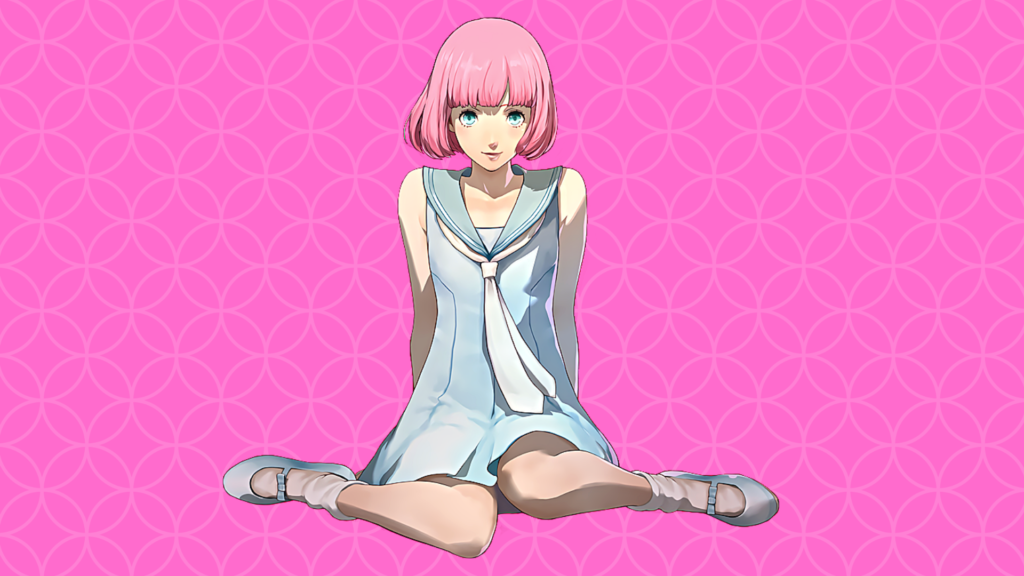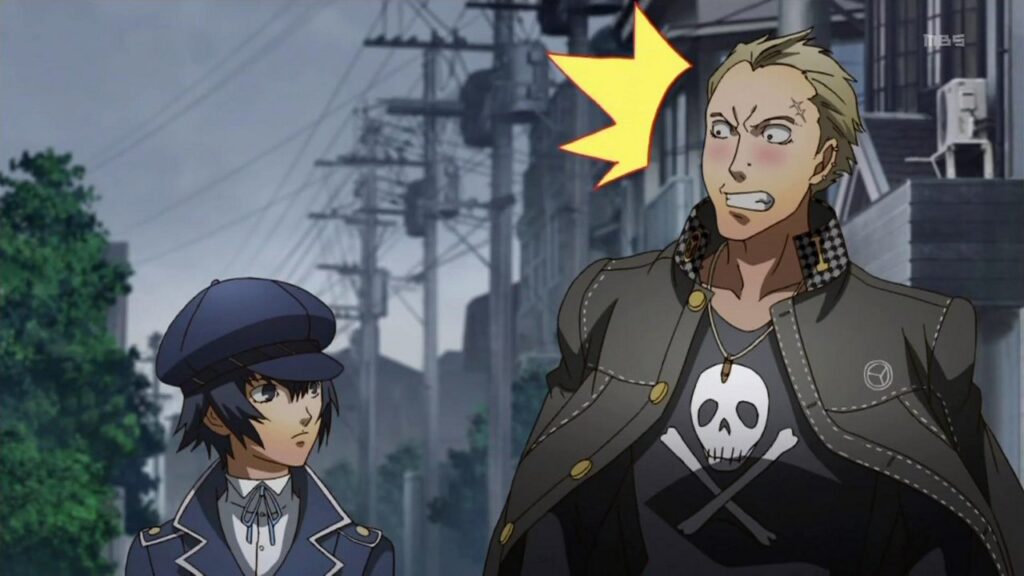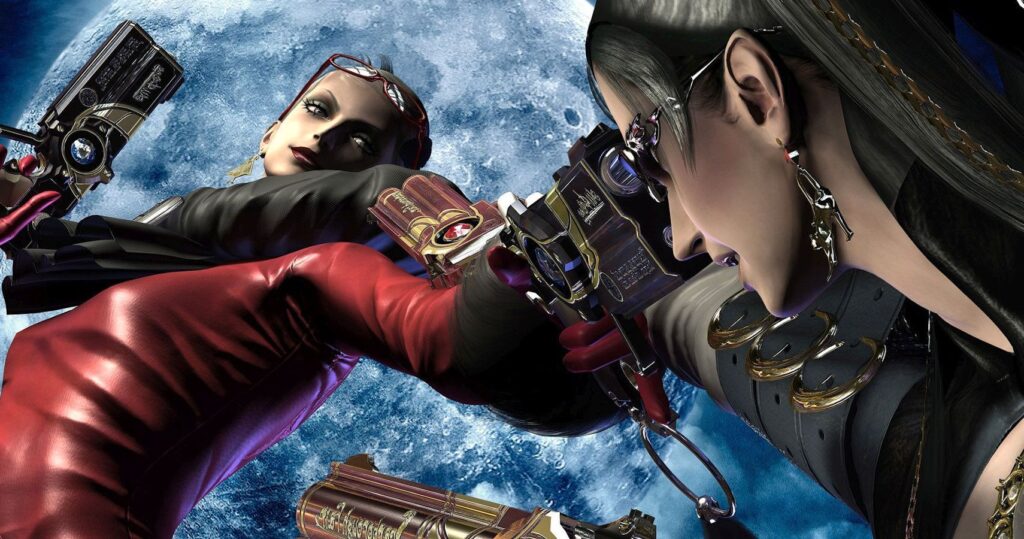
Queer representation in Japanese video games is more positive than you think
Whether it is remarks about the trans allegory in Celeste or questions about whether Gone Home is even a game, queer representation and queerness in Western gaming media is often viewed through an intensely critical lens when compared to its Japanese counterpart.
Much like the overt sexuality of Fear Effect 2’s protagonist, Hana, queer representation in both Western and Japanese games, has usually only received a pass from a presumed straight male player base if it is titillating. And while LGBTQ+ progressivism and Japan are two nouns that are, generally, not found in the same sentence, LGBTQ+ representation in Japanese media could arguably precede that of the West.
Looking at characters such as Jean Armstrong from Ace Attorney, Ryan the gym owner from No More Heroes, or Angel and Julian in Persona 5 who openly stalk and sexual assault a main character, you would be forgiven for thinking that Japan has long abandoned nuance in its depiction of LGBTQ+ characters. Even Final Fight’s Poison, one of gaming’s first and best known trans characters, was only changed from cis to transgender by Capcom’s North American cohort. Designer Akira Yasuda imagined Poison as a “cool, bad-ass lady” later clarifying via twitter that “Poison is a woman in Japan and trans abroad.” Due to examples such as these, the West has often thought itself more progressive in terms of LGBTQ+ representation in games, changing or removing what it believes to be harmful stereotypes such as Streets of Rage 3’s Ash.
However, Japan is actually ahead of its Western counterpart in terms of putting LGBTQ+ characters front and centre in their major gaming franchises. In 1997, Square gave us Asellus, a protagonist for SaGa Frontier in its long-running SaGa series. The title has a choice of eight protagonists each with their own storyline and branching path, yet Asellus’ tender romance with Princess White Rose against the bigoted opinions of her family was a firm, fan favourite.
If you are skeptical of only a one in eight chance for the protagonist to be LGBTQ+ though, then just two years later in 1999, Atlus gave the protagonist of a series, which was on the verge of blossoming, a homosexual romance plotline in Persona 2: Innocent Sin.
Is it okay if we talk about Persona for a minute? Never before has a series sent out so many mixed messages with where it falls on the LGBTQ+ friendly spectrum. Firstly, we have the aforementioned protagonist, Tatsuya, and his touching romance with Jun. Persona 3 then reneges on this by forbidding gay romance options, but then allows them again in the updated Persona 3 Portable, where the female protagonist can romance the female-presenting android Aegis, but still nothing for our male main.

Homosexuality features heavily in one of the main storylines of Persona 4 and its upgrade Persona 4 Golden. Kanji, one of the key members of the cast, must fight his inner demon, an overt stereotype of a gay man prowling a sauna when he falls in love with Naoto, who presents as male. He fights the demon, holding firm onto his heterosexuality. However, when he learns of Naoto’s actual gender, he discovers he loves her all the same and is comfortable enough to accept both sides of his sexuality. Then Persona 5 goes back on all this nuance and does the aforementioned.
Atlus did a lot better in improving its LGBTQ+ representation between the original Catherine and its remake, Catherine Full Body. The original features trans woman Erica, both as a good friend of the main group and love interest for one of its members. While Erica is a gorgeously written character, this did not stop the game from deadnaming her in the manual, using male pronouns, and having other characters making jokes at the expense of the sexuality of their male friend, who falls in love with her.
In the remake, not only did they remove all this unsavoury content showing that the characters are supportive of their friend’s burgeoning love, but they included a new romance option, a third Qatherine, also known as Rin. Westerners have been confused by Rin’s gender, sexuality, and representation in the title, but he represents a key part of the Japanese LGBTQ+ spectrum. Rin is an otokonoko, a man presenting as a woman, who still wishes to maintain his male identity. When our protagonist Vincent learns of Rin’s true gender, there is a touching scene where he looks deep inside himself at what this truly means. The player can then choose to be with Rin, showing that love is love no matter one’s gender or perceived sexuality.
LGBTQ+ characters are best written when their queer identity is simply part of who they are and not the defining aspect to their character, or a mere thrown bone. Japan is again ahead of the West in this, with a number of mainstream titles including a queer romance without ever spotlighting it or using it as a poster boy for their progressivism. Tony’s sweet crush on Jeff in Earthbound is an early example of this. For all its technical issues, 2006’s Rule of Rose is one of the first games which features an entire narrative surrounding a young girl’s sexual awakening.

You can trace the line from Jennifer’s story, through to more recent titles such as Danganronpa V3 and Bayonetta 2. If you view the world through a heterosexual lens, you may miss the homosexual romances in both of these titles. They are very much there, and very much intentional. Throughout the third main instalment in the Danganronpa series we watch as our protagonist Shuichi falls in love with his ever-optimistic, moon-loving partner, Kaito, in the tortured death game. While Bayonetta simply teases a love-sick Luka, she literally travels to the ends of the Earth to save her true love, Jeanne.
The Japanese industry is not only comfortable with showing cis-romances of all sexuality as a central theme in their gaming stories, but it also demonstrates sensitive portrayals of trans stories. In 2012, Novectacle gave us The House in Fata Morgana, one of the highest-rated games of all time, with the touching story of a trans-man living through different lives looking for his love once more. Legendary game developer SWERY did his part for trans storytelling, narrating the queer romance of the trans protagonist at the core of The Missing: J.J. Macfield and the Island of Memories.
The Japanese gaming industry is too vast a thing to compartmentalize as an LGBTQ+ friend or foe, our Japanese cousins have made great strides towards acknowledging and telling compassionate versions of LGBTQ+ stories while still present in their deeply conservative and heteronormative society.
While not all examples of queer representation are as nuanced as they could be, Japanese gaming media has preceded the West in noticing queerness in its society and exploring these stories in a considered fashion through the medium. Above all, they can still give us somewhere to look ahead of our own infantile footsteps.





